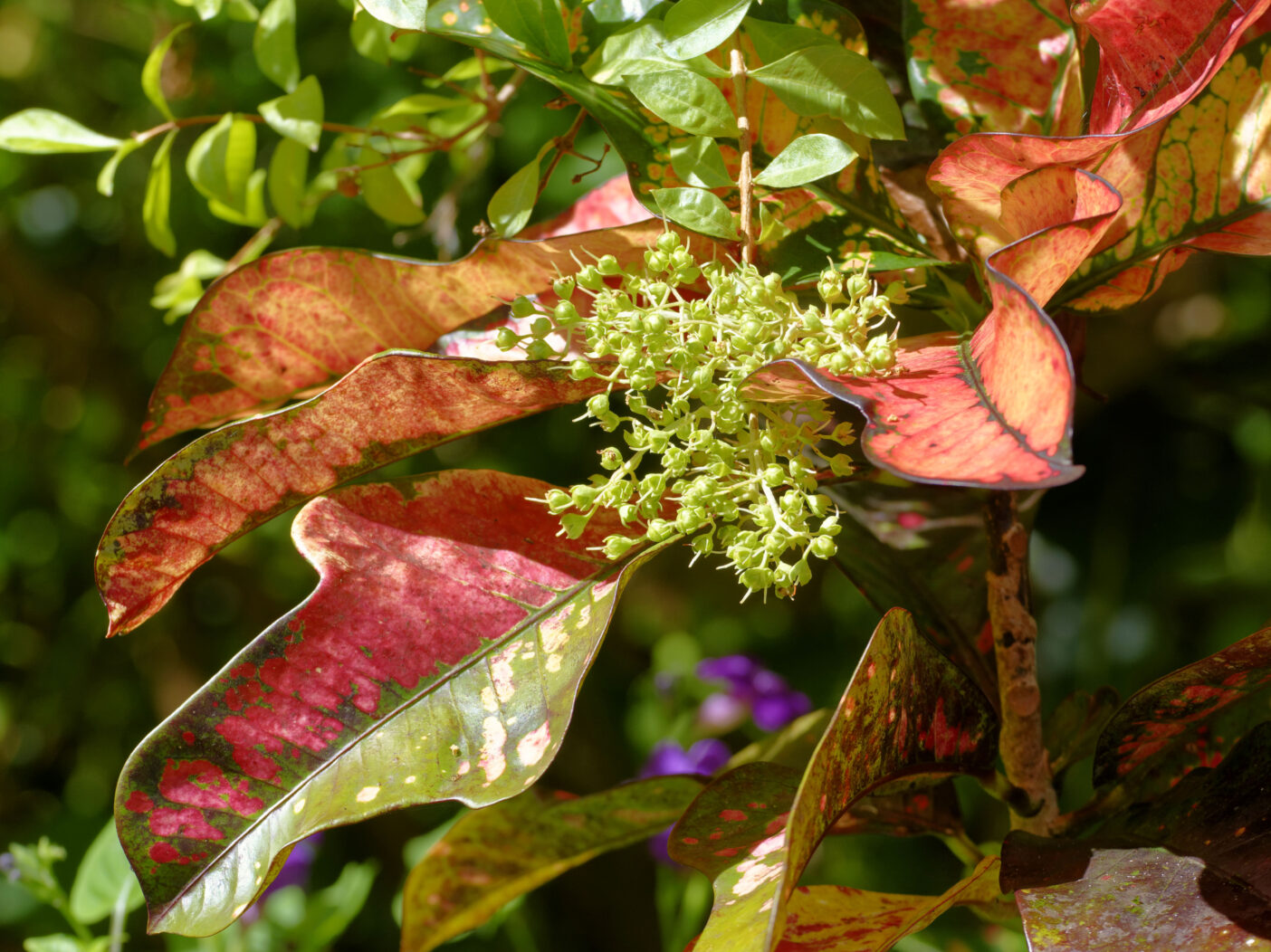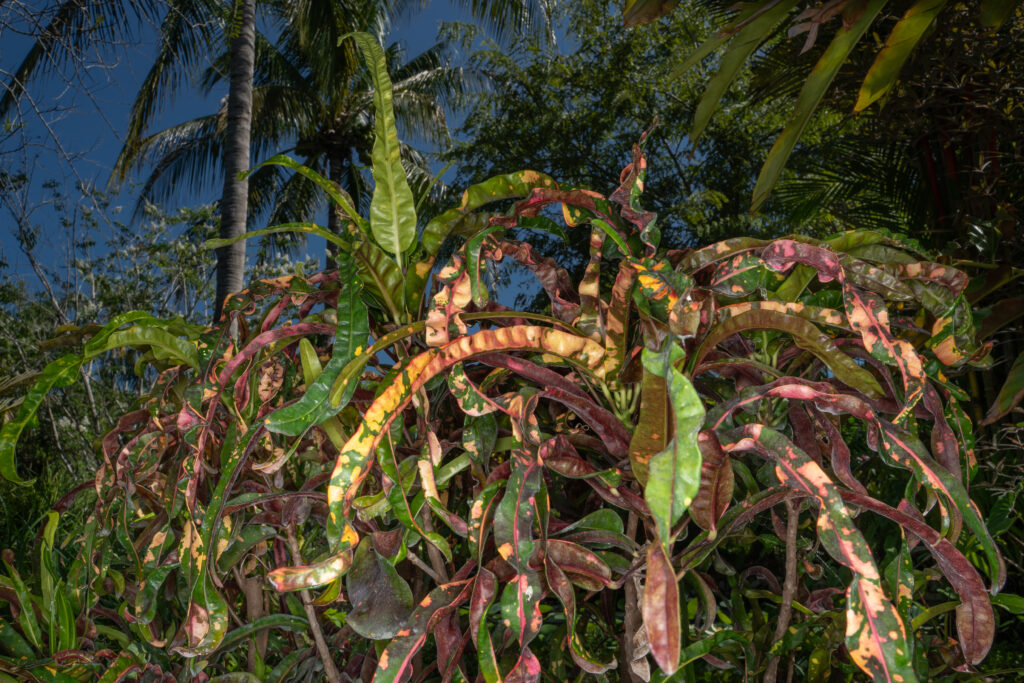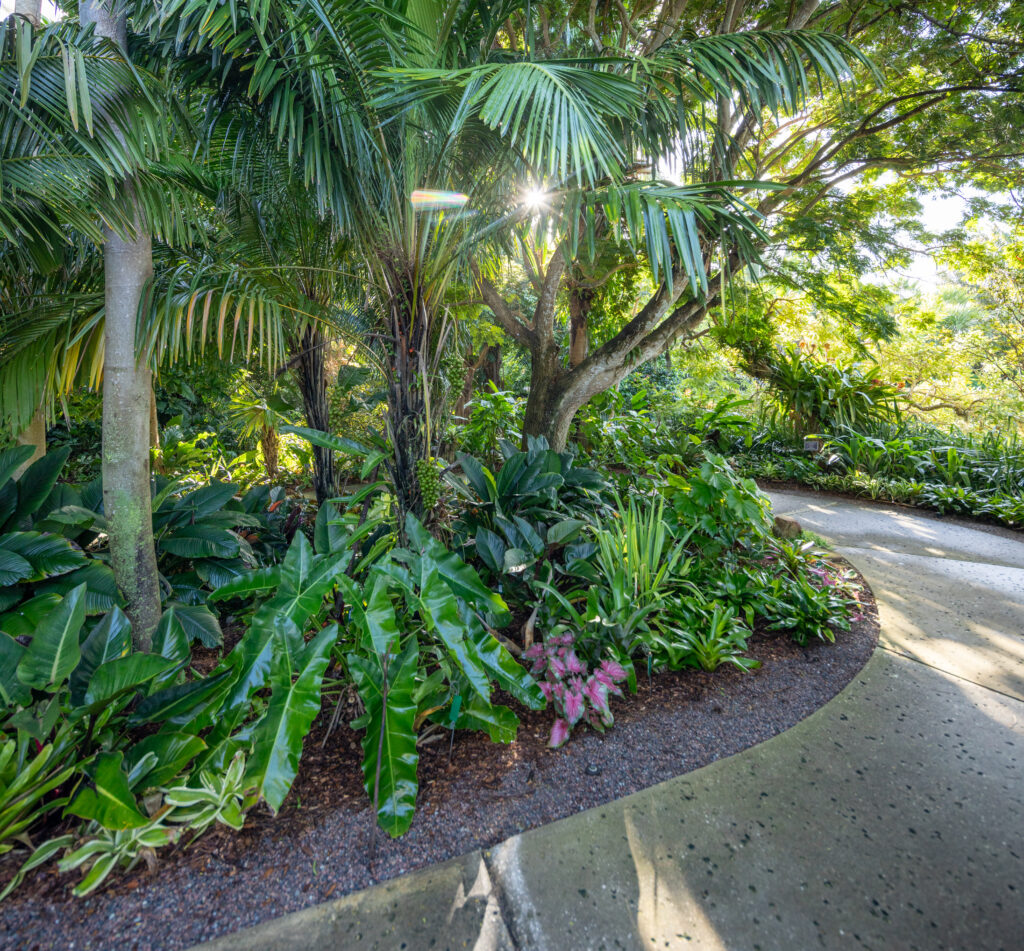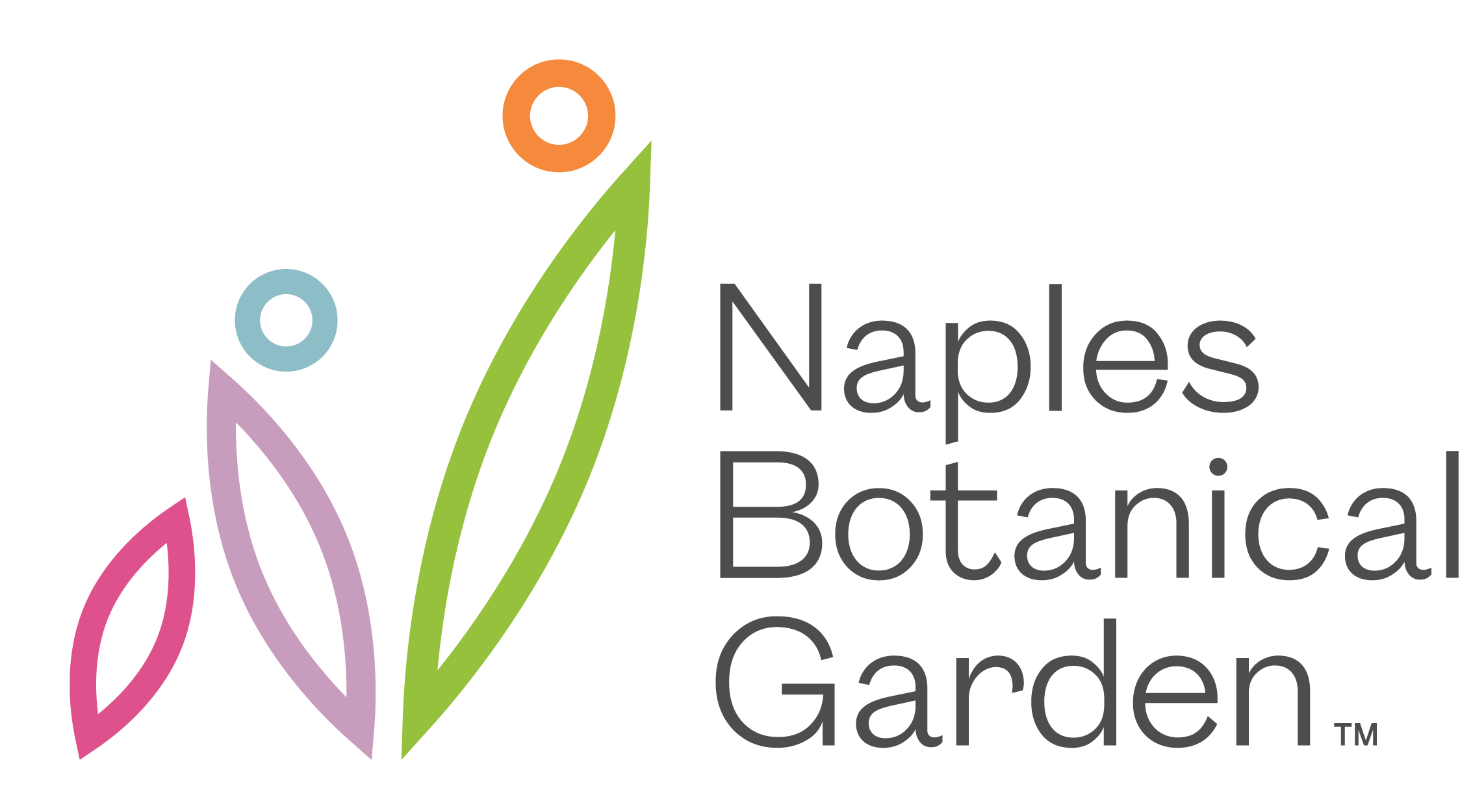
Move over, Pinterest!
This summer, Garden horticulturists share their favorite plants and landscape design tips in a special series perfect for those who are eager to add pizzazz to their yards, and for homeowner associations looking to refresh community spaces.
These simple concepts, illustrated with photos from the Garden, are certain to inspire. With rainy season upon us, now is the perfect time to get planting.
Brian Galligan, Vice President of Horticulture
Brian’s Favorite Design Tip
Designers often say, “Plant in groups of 3, 5, and 7 with consistent spacing.” But to me, this unfortunate habit holds true to traditional linear, foundation plantings and circular rings of shrubs around a tree. I say, “Forget the traditional allée and use of symmetry when creating a garden space.”
Here’s why: Think about how unnatural and manipulated the traditional planting process is. It’s extremely unfriendly to nature, your pocketbook, and your time, as it requires a high level of maintenance. When I am forced to look at these landscapes, I only see the work involved pruning and manipulating the plant to make it adhere to a landscaper’s intended vision.
I like to create a community of plants with the “right plant, right place” principle in mind. Each location is unique and requires a custom recipe of ingredients. I recommend using a mix of plants with different heights, textures, and foliage colors to replicate a natural community of plants.

Replicating nature is more difficult to create than intentional and symmetrical design, but doing so pays off. You’ll have fewer pests, less water and nutrient needs, and less stress in upkeep. You’ll better support wildlife, too, as birds and animals are more likely to use these naturalistic landscapes.
As you prepare to plant, consider each species’ ultimate size, and space them accordingly. Great gardens should take time to mature but pay off in the future. With much less editing or manipulation involved, nature will love your garden as much as you do.
Brian’s Favorite Plant to Use
My favorite plant to incorporate color and interest into a naturalistic display is the croton, or Codiaeum variegatum. A favorite of horticulturists, crotons have been hybridized for more than 100 years and are available in many colors, shapes, and sizes. I especially like to use them in mass plantings with several different cultivar selections to make a very colorful mosaic. In isolation, well-grown, larger leaf varieties like ‘General Paget’ or ‘Thomas Edison’ are perfect as specimens. For the shady garden space in need of color, ‘Mrs. Iceton’ is perfect. In a container, I would recommend ‘Dreadlocks.’ You can see many great croton examples throughout the Garden, with a special concentration in the Lea Asian Garden.

Putting it All Together
You can see aspects of this naturalistic design principle throughout our cultivated gardens. We often use very rare plant collections as well as common plants to amass our naturalistic displays. If you’re adding new plantings, editing your garden, or influencing a friend or landscaper, a visit to our Garden is the perfect venue for inspiration. Here you can find favorites, see the typical size and application in the landscape, and then create your own natural and hopefully calming space that’s not a sheared box.



